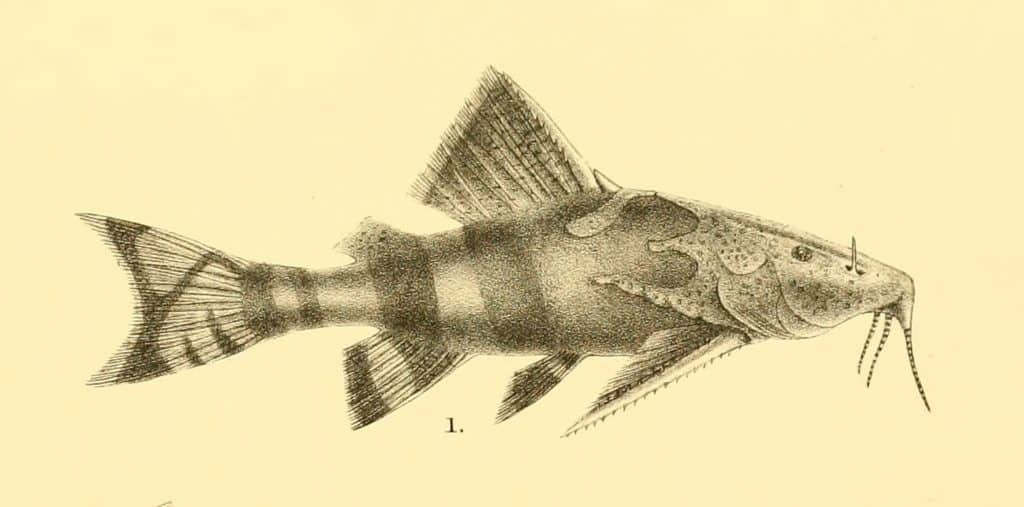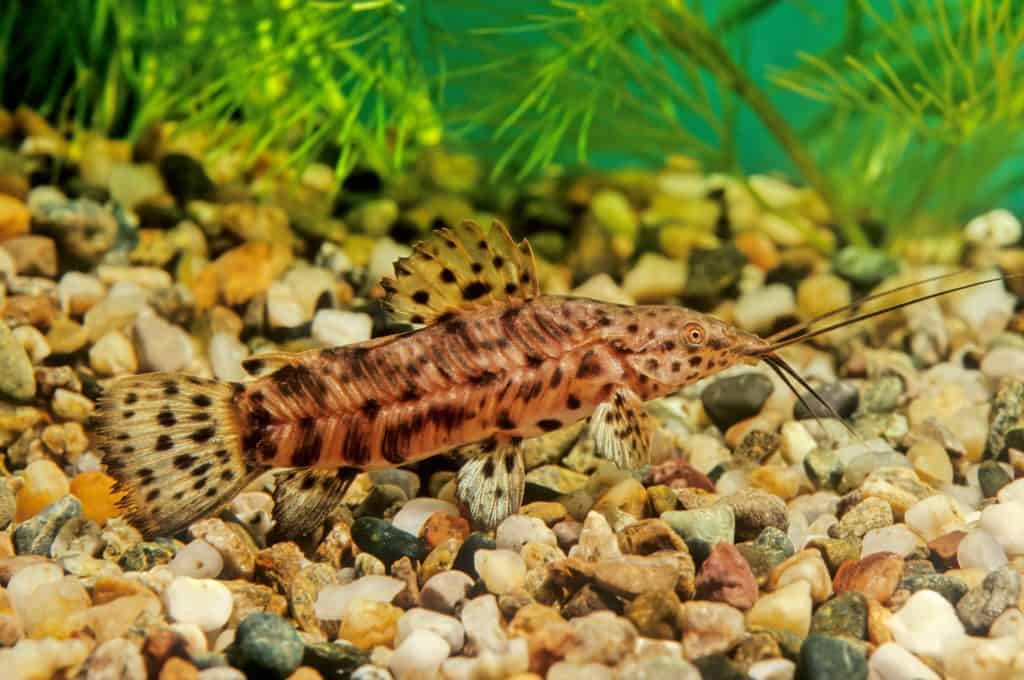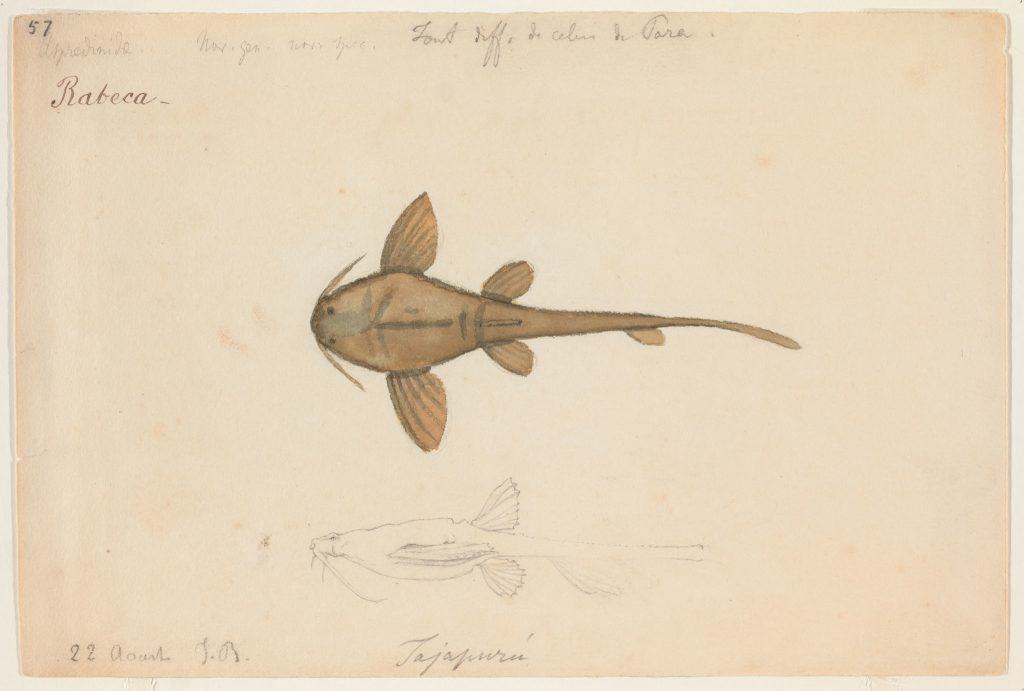Cuckoo Catfish (Synodontis Multipunctatus): Ultimate Care Guide
Common Name(s) Cuckoo Catfish, Cuckoo Squeaker, Multi Punk Scientific Name Synodontis Multipunctatus Origin Lake Tanganyika, Africa Temperature 75-81°F (23.3-27.2°C) Size 10 in. (Maximum) Minimum Tank Size 50 Gal. Food & Diet Omnivore Lifespan Up to 15 years Water pH 7.8-8.8 Tank Mates Needs at least 3 cichlids of similar size Breeding Brood Parasitism (Egg-Laying) Common …
Cuckoo Catfish (Synodontis Multipunctatus): Ultimate Care Guide Read More »










